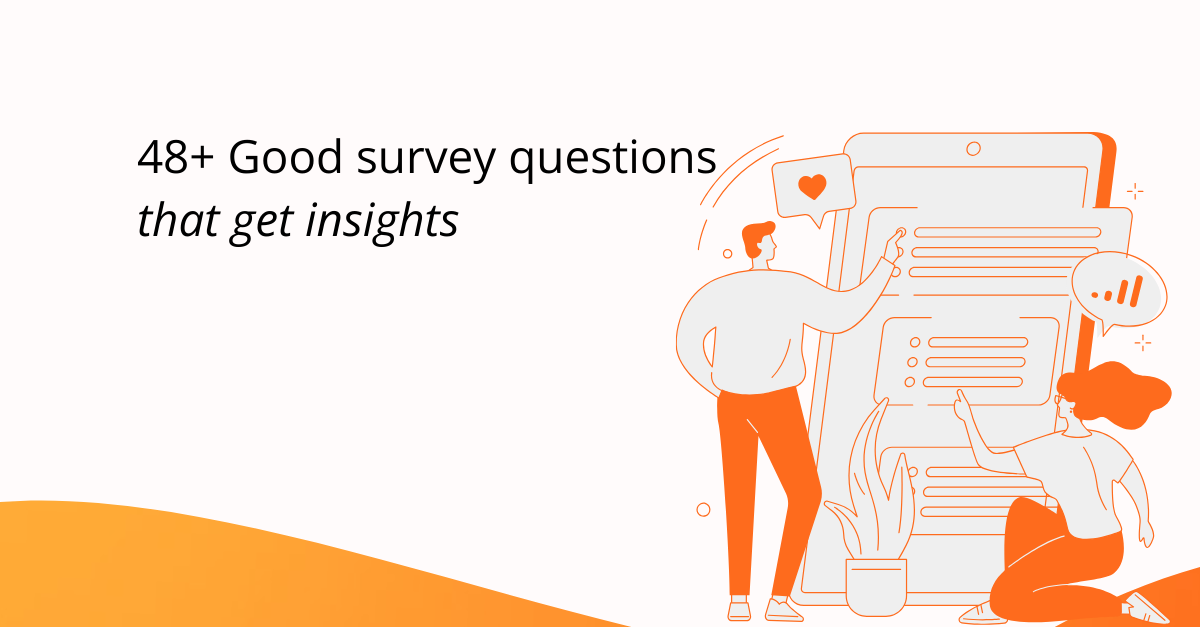
Picture this: You’ve spent six months building the perfect feature. Your team has poured everything into it. Launch day arrives, and… crickets. Two weeks later, your analytics show a devastating 8% adoption rate. Your CEO is asking questions. Your team is demoralized. And you’re staring at dashboards wondering what went wrong.
Sound familiar? You’re not alone. The average SaaS product sees only 10-20% of users actually adopt new features. But here’s what’s changed: AI isn’t just making product adoption easier – it’s completely rewriting the playbook for user onboarding and the entire product adoption lifecycle.
Product adoption is the journey from a user signing up to actually getting meaningful value from your product. It’s not about downloads or sign-ups – it’s about active, engaged users who integrate your product into their daily workflow.
70% of SaaS products fail due to poor user adoption, not because they’re bad products. Think about that. Most products don’t fail because of technical flaws or market fit. They fail because users never learn how to use them properly.
The traditional approach to product adoption looks like this:
It’s like trying to teach a cooking class where everyone gets the exact same recipe, regardless of whether they’re a beginner or a Michelin-star chef. The beginners are overwhelmed. The experts are bored. Nobody’s satisfied.
The best personalized onboarding experiences adapt to each user’s needs, not force everyone through the same rigid path.
Here’s where it gets interesting. Imagine knowing exactly what each user needs to learn, precisely when they need to learn it, and delivering that guidance in a way that feels natural – not intrusive.
That’s what AI makes possible.
Traditional product adoption is reactive and generic. AI-powered product adoption is predictive and personal. The difference? A user who’s about to churn gets proactive help before they even realize they’re struggling. A power user gets advanced tips instead of basic tutorials. A non-technical user gets extra hand-holding automatically.
Companies using AI for product adoption are seeing 3-4x higher feature adoption rates and 40-60% reduction in time-to-value. Why? Because AI does three things humans simply can’t do at scale:
Let’s be blunt: Your competitors are already doing this. And every day you wait, the gap widens.
Consider this scenario: Two SaaS companies launch similar products on the same day. Company A uses traditional onboarding—a 7-step product tour, some email drip campaigns, and a help center. Company B uses AI-powered adoption—personalized guidance, predictive interventions, and adaptive learning paths.
Six months later:
Same product. Same market. Completely different outcomes.
The old way of “build it and they’ll figure it out” is dead. Users have zero patience now. They’ll abandon your product in 60 seconds if they don’t immediately see value. You need AI not just to compete – you need it to survive. This is where digital adoption platforms become crucial for modern SaaS businesses.
Before you start implementing AI tools, you need the groundwork. Skip this, and you’re just putting fancy tech on top of a broken foundation.
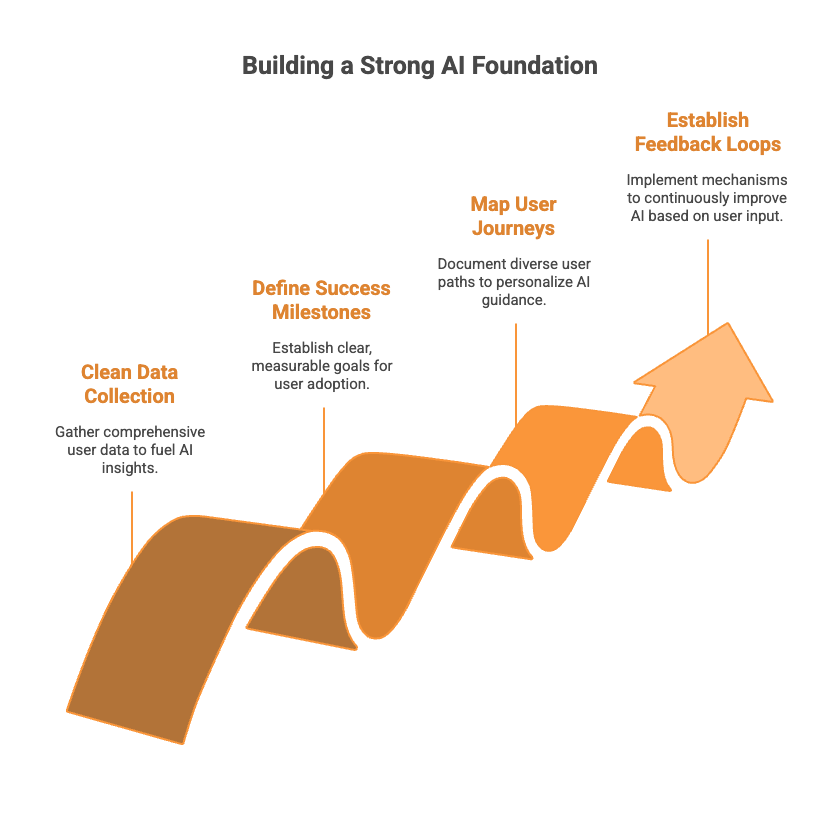
1. Clean, Comprehensive Data Collection
AI is only as smart as the data you feed it. You need to be tracking:
You also need good-quality product guidelines, such as a knowledge base, which AI can use to create personalized advice, including hints, tours, or guidance for next steps.
Most companies track only surface-level metrics. AI needs the full story. Best no-code AI based tools have already things like using sources from knowledge base or other documents, as well as event tracking for micro-interactions built-in (with some possibility of adjustment) so that you do not need to set up tracking of every button click, every form field abandoned, every tooltip dismissed.
2. Define Clear Success Milestones
What does “adopted” actually mean for your product? Be specific:
Create a clear adoption ladder: Activated → Engaged → Power User → Advocate. AI can’t guide users to success if you haven’t defined what success looks like.
3. Map the User Journey (All the Variations)
Your product has multiple user types, and each has a different path to value:
Document these journeys. What does each user type need to learn first? What are their biggest obstacles? Where do they typically get stuck? AI will use these maps to personalize, but you need to create them first.
4. Establish Feedback Loops
AI improves over time, but only if you’re feeding it feedback:
Connect these feedback sources to your AI system so it learns and adapts.
Now let’s get tactical. Here’s how you actually deploy AI to transform your product adoption.
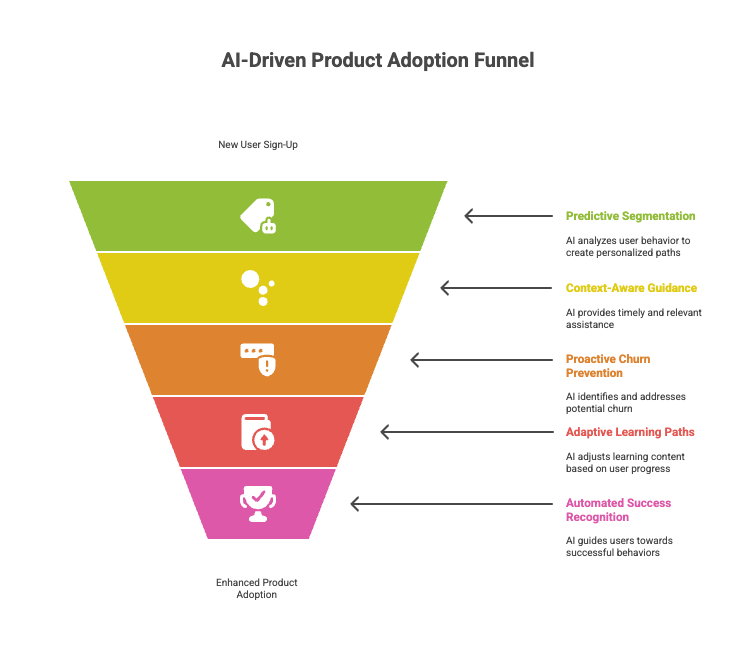
1. Predictive User Segmentation and Personalization
Here’s what this looks like in practice:
Imagine two users sign up on the same day:
Same product. Completely different experiences. Both users get exactly what they need.
Implementation tip: Use AI to analyze behavioral patterns across 20+ dimensions: navigation speed, feature exploration depth, help usage, session length, time of day active, device type, and more. Cluster users dynamically, not statically.
2. Intelligent, Context-Aware Guidance
Picture this: A user is trying to create their first automated workflow. They’ve clicked into the workflow builder, but they’re not moving forward. AI notices:
Within 3 seconds, a gentle, context-aware message appears: “Starting your first workflow? Most users begin by setting up a simple trigger. Want me to walk you through one?”
Not a generic tooltip. Not a random interruption. A timely, helpful nudge at the exact moment of hesitation.
Implementation tip: Use AI to detect “struggle signals”—repeated clicks, navigation loops, cursor movement patterns, increased time between actions. Deploy micro-interventions at these precise moments.
3. Proactive Churn Prevention
Here’s the scenario that keeps product leaders up at night: A user who was active for three weeks suddenly stops logging in. By the time you notice, they’ve already decided your product isn’t worth it.
AI changes this completely. It identifies the early warning signs:
When AI detects this pattern, it triggers automatic interventions:
For example, A B2B SaaS company could implement an AI churn prediction and reduce their monthly churn from 7% to 2.1% in four months. The secret? Catching users 5-7 days before they would have churned and delivering targeted interventions. Learn more about improving customer retention through better onboarding.
Implementation tip: Build a churn prediction model that scores every user daily. When scores cross critical thresholds, trigger escalating intervention sequences automatically.
4. Adaptive Learning Paths
Think about how frustrating it is to sit through a tutorial on something you already understand. Now imagine your product automatically skips the basics for users who clearly get it, and slows down for users who need more time.
Here’s how it works:
A new user starts your onboarding. AI presents the first task: “Create your first project.”
Every user moves at their own pace. Nobody is bored. Nobody is overwhelmed.
Implementation tip: Create modular learning content at three levels: Basic, Intermediate, Advanced. Let AI route users dynamically based on demonstrated competency. Use completion time, help usage, and success rates as signals.
5. Automated Success Pattern Recognition
Here’s where AI becomes genuinely powerful. It discovers insights you’d never find manually:
An AI system analyzing user behavior might discover:
Once AI identifies these patterns, it doesn’t wait for a product manager to build a new onboarding flow. It immediately starts nudging new users toward these high-value behaviors:
For example, let’s say you have a project management tool and you used AI to identify that users who created 3+ templates in their first week had 91% retention. You could then automatically start guiding new users to create templates early, and potentially see a 34% increase in 90-day retention.
Implementation tip: Run continuous cohort analysis with AI, comparing behaviors of retained vs. churned users. When patterns emerge with >70% confidence, automatically incorporate them into your adoption flows.
AI is powerful, but it’s not magic. Get these wrong, and you’ll create more problems than you solve.
1. Don’t Let AI Feel Creepy
There’s a fine line between “helpful” and “invasive.” Users should feel supported, not surveilled.
Keep AI interventions warm and human-sounding. Never reveal the full depth of tracking in user-facing messages.
2. Always Provide an Opt-Out
Some users want to explore on their own. Let them. A simple “Explore on my own” button respects autonomy and actually improves the experience for self-sufficient users.
Power users especially hate being hand-held. AI should detect this preference quickly and back off.
3. Test, Measure, Iterate
Don’t assume your AI is working. Measure everything:
Run A/B tests continuously. What works for one user segment might fail for another.
4. Combine AI with Human Touch
AI handles scale, but humans handle complexity and emotion. Use AI for the first 80% of users, but have customer success teams ready for high-value accounts or users showing signs of serious struggle.
The perfect system: AI identifies the problem, attempts automated intervention, and if that fails, escalates to a human—with full context about what’s already been tried. Learn how AI copilots can resolve support tickets efficiently while maintaining a human touch when needed.
5. Maintain Transparency
Be clear about how you’re using AI. Include it in your privacy policy. If users ask, be honest: “We use AI to personalize your experience and offer help when you might be stuck.”
Transparency builds trust. Hiding AI usage breeds suspicion.
6. Don’t Over-Intervene
Death by a thousand tooltips is real. AI should be selective, not aggressive. Quality over quantity.
Guideline: No more than one AI intervention per session unless the user explicitly asks for more help. Let users breathe.
You can’t build all of this from scratch. Here are the tools that make AI product adoption accessible:
A comprehensive product adoption platform that combines AI-driven user onboarding, in-app guidance, and behavioral analytics. What sets ProductFruits apart:
Ideal for: SaaS companies serious about transforming their product adoption without building custom AI infrastructure. See how it compares to other no-code onboarding solutions.
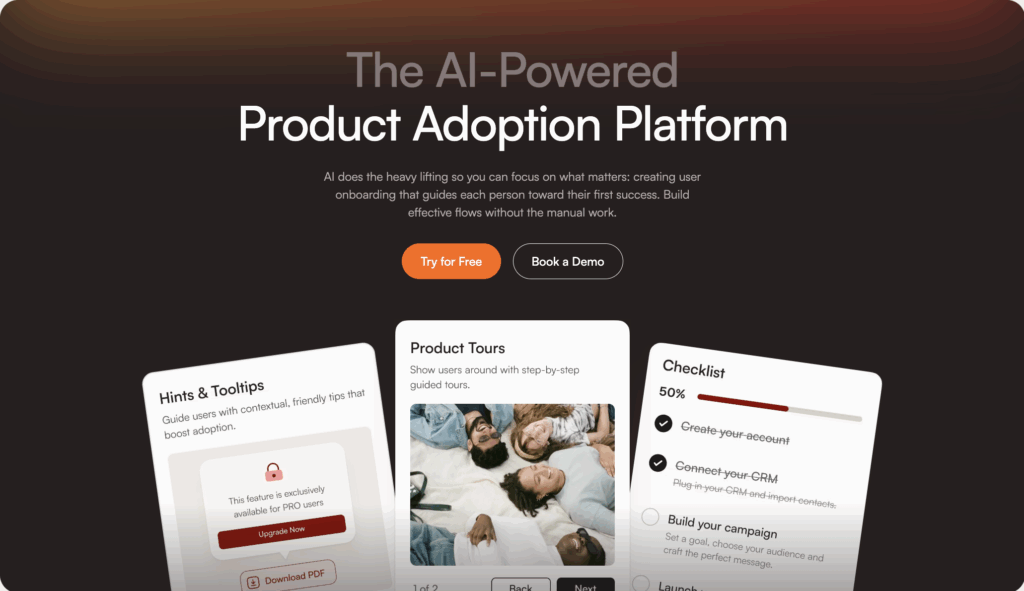
Robust analytics combined with in-app guidance. Strong for large enterprises needing deep behavioral insights.
Pendo is a powerful product experience platform particularly strong in the enterprise space. Pendo’s AI capabilities include:
Ideal for: Enterprise companies (500+ employees) with complex products, multiple user roles, and significant budget for product analytics. Particularly strong for product teams that need executive-level reporting and cross-functional adoption insights.
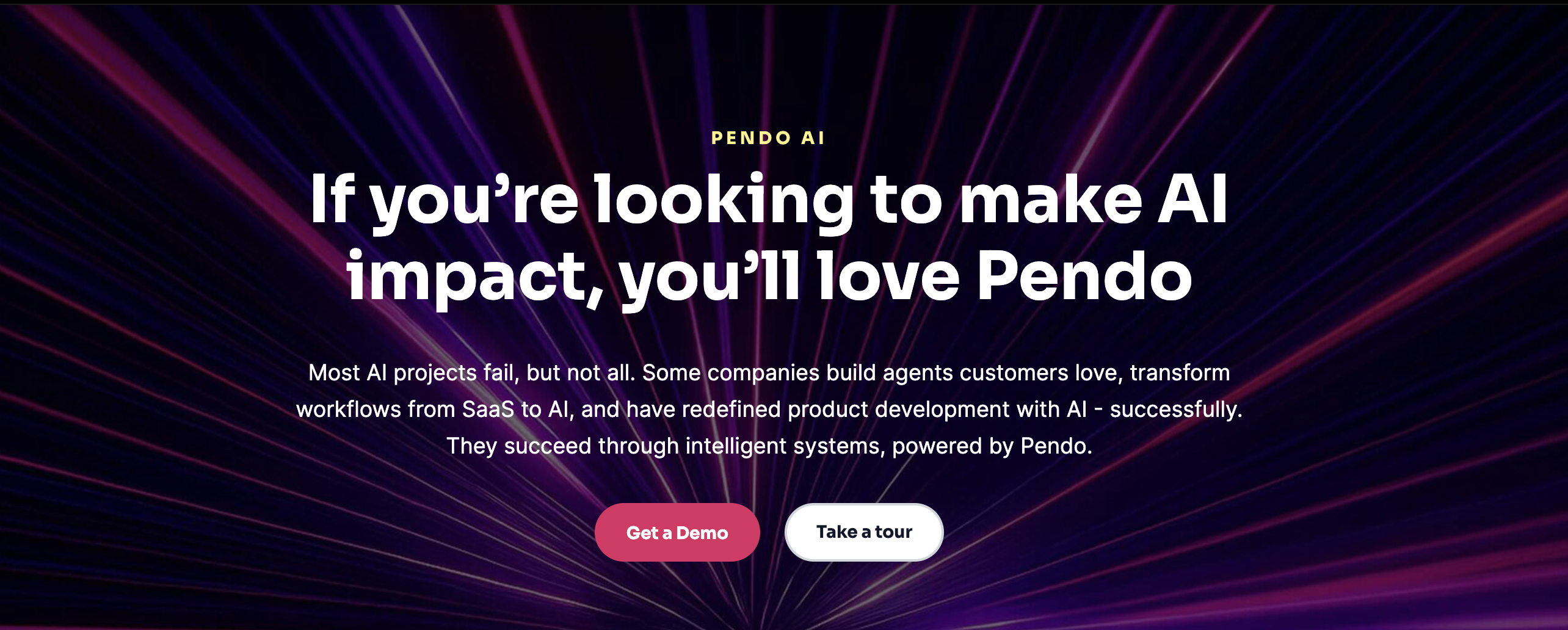
Automatic event tracking with AI-powered insights. Great for understanding what’s actually happening in your product without manual tagging. Heap’s unique approach includes:
Ideal for: Data-driven product teams that want comprehensive behavioral data without engineering overhead. Particularly valuable for companies doing frequent A/B testing or those with complex user journeys that are hard to predict upfront. Best suited for companies with strong analytics capabilities that can act on insights.
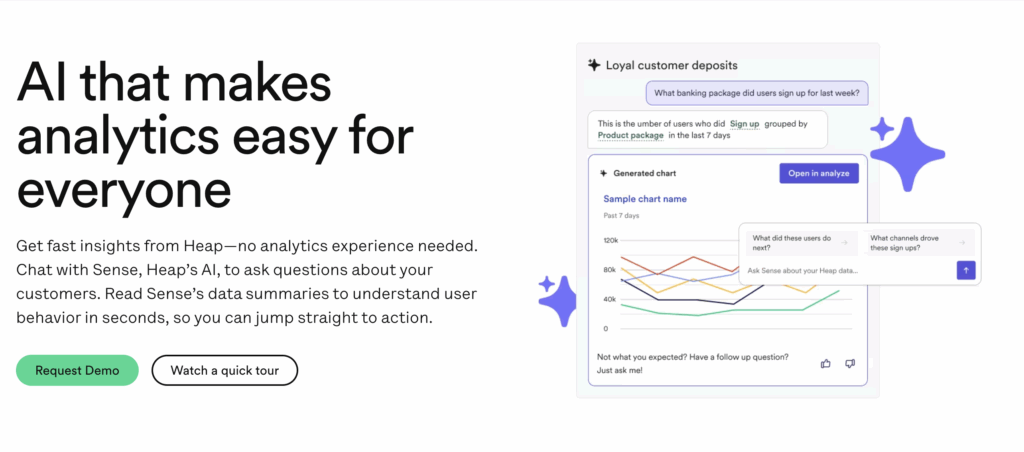
Amplitude is a sophisticated product analytics platform with deep AI integration for understanding and improving user engagement:
Ideal for: Growth teams at scale-ups and enterprises that need sophisticated analytics to drive product decisions. Best for companies with dedicated analytics or data science resources who can build adoption strategies on top of the insights. Particularly strong for mobile-first products and companies with complex conversion funnels.
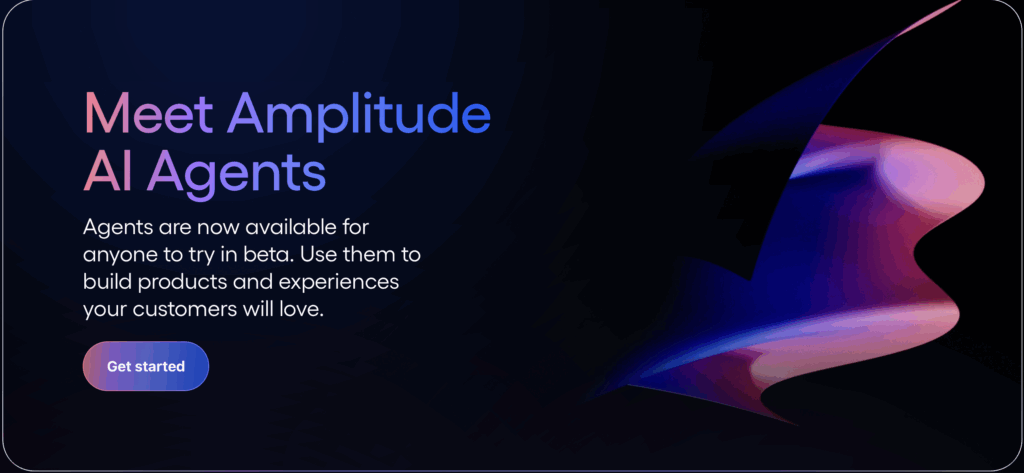
User onboarding flows with personalization capabilities. Good for creating targeted experiences. and is a focused user onboarding and product adoption platform with growing AI capabilities:
Ideal for: SaaS companies focused specifically on improving onboarding and in-app guidance. Works particularly well for product-led growth companies that need sophisticated onboarding flows without a large engineering team. Best suited for B2B SaaS with relatively straightforward products where excellent onboarding is the primary growth lever.
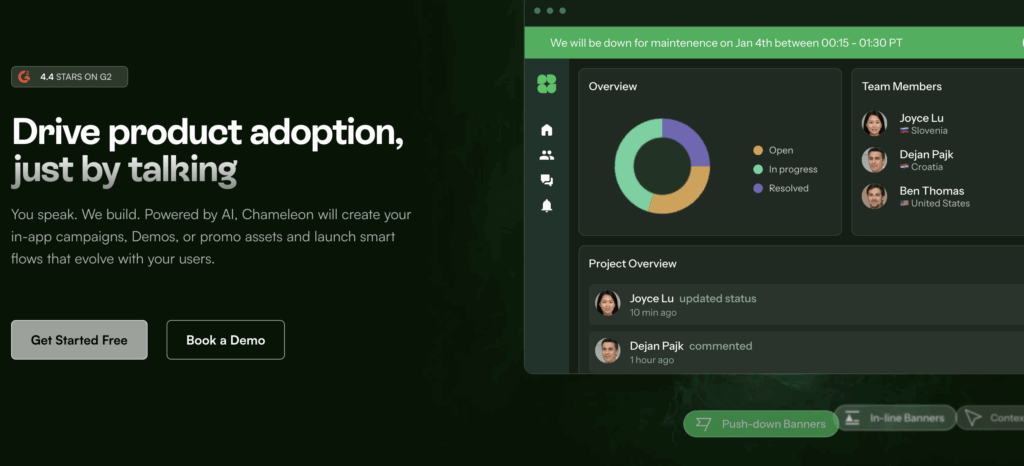
Choosing the Right Tool: Need help deciding? Check out our comprehensive guides on the best product tour software and best SaaS onboarding software for 2025.
Let’s talk real numbers. What actually happens when you implement AI for product adoption?
1. Faster Time-to-Value
You can expect to see a 40-60% reduction in time from sign-up to first meaningful outcome.
A user who previously took 5 days to achieve their first win now does it in 2 days. This matters enormously—users who see value faster stick around.
2. Higher Feature Adoption Rates
Typical result: 3-4x increase in adoption of new features.
Instead of 10% of users trying your new feature, 35-40% do. Your development efforts actually reach users.
3. Reduced Churn
Typical result: 30-50% reduction in early-stage churn (first 90 days).
The users who would have quietly disappeared now stick around because AI caught them before they left.
4. Lower Support Costs
Typical result: 25-40% reduction in support ticket volume.
When users get proactive help, they don’t need to submit tickets. Your support team shifts from reactive firefighting to proactive success management.
5. Increased Customer Lifetime Value
Typical result: 50-80% increase in LTV over 12 months.
Users who adopt features properly become power users. Power users expand usage, upgrade plans, and stick around longer.
6. Better Product Insights
Bonus result: You discover patterns you never would have found manually.
AI reveals which feature combinations drive retention, which user paths lead to churn, and which moments matter most. These insights inform your entire product roadmap.
You’re convinced. Now what? Here’s your step-by-step plan:
Week 1: Audit and Plan*
Week 2: Choose Your Tools*
Week 3-4: Implement Foundation*
Week 5-8: Build and Test*
Week 9-12: Scale and Optimize*
Ongoing: Continuous Improvement*
Here’s the uncomfortable truth: Product adoption is no longer a nice-to-have. It’s existential.
Your users have zero patience. Your competitors are using AI. The bar for “good enough” onboarding just got 10x higher.
But here’s the good news: You don’t need a PhD in machine learning or a six-figure AI budget. The tools exist today. Companies of all sizes are implementing AI product adoption and seeing transformational results.
The question isn’t whether you should use AI for product adoption. The question is: Can you afford not to?
Every day you wait, users churn who didn’t have to. Features go unadopted that could have succeeded. Revenue walks out the door because users “didn’t get it.”
Start small. Pick one high-impact use case—maybe predictive churn prevention, or personalized onboarding. Implement it. Measure the results. Then expand.
A year from now, you’ll look back at this moment as the turning point—when you stopped guessing about what users need and started knowing. When you stopped reacting to churn and started preventing it. When you stopped building products users struggle with and started building products users can’t live without.
If you’re serious about using AI to drive product adoption, ProductFruits provides the complete platform to make it happen—without requiring a data science team or months of custom development.
See how AI can transform your product adoption in days, not months. Learn more about how digital adoption platforms benefit businesses and explore the best product tour software options for your needs.